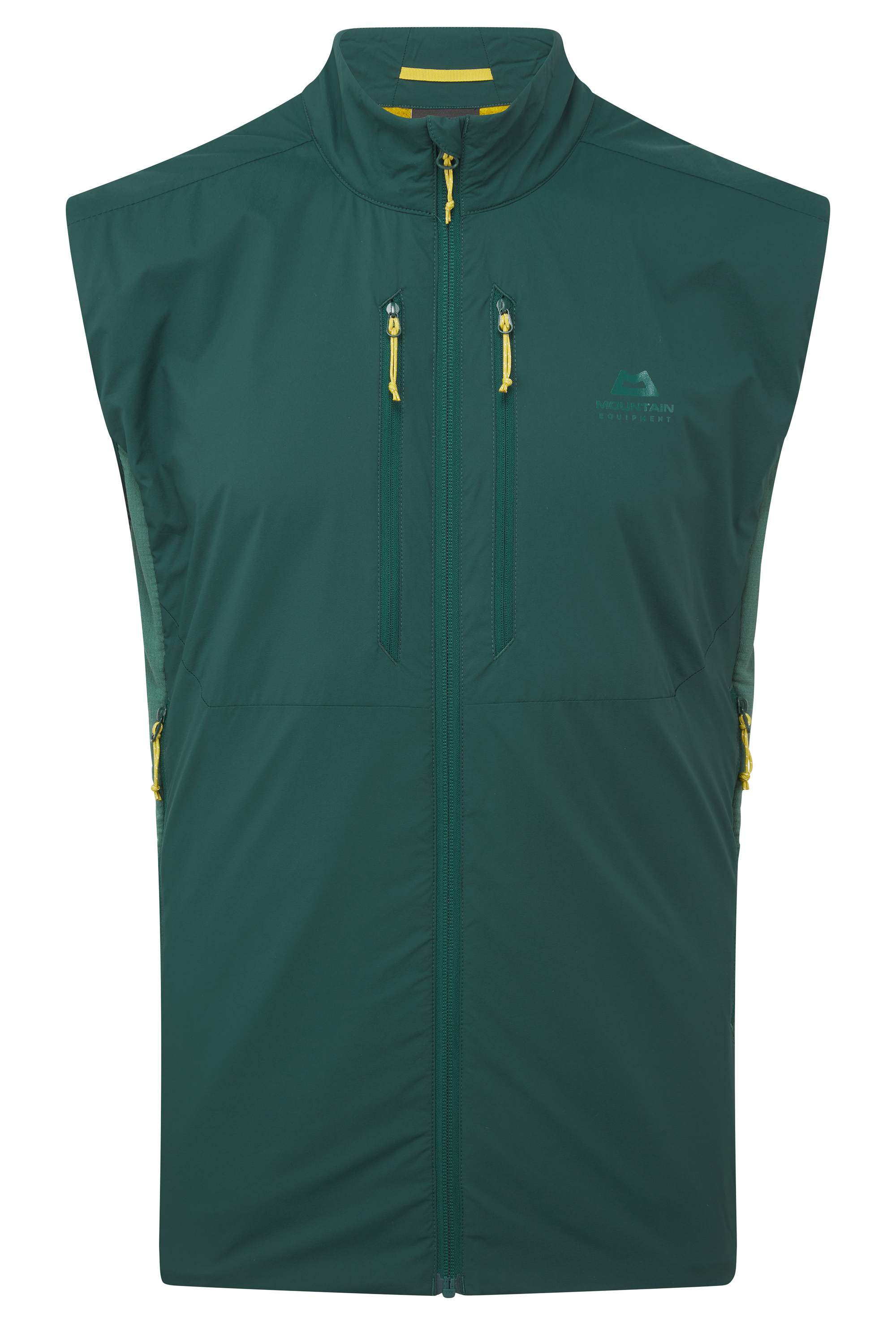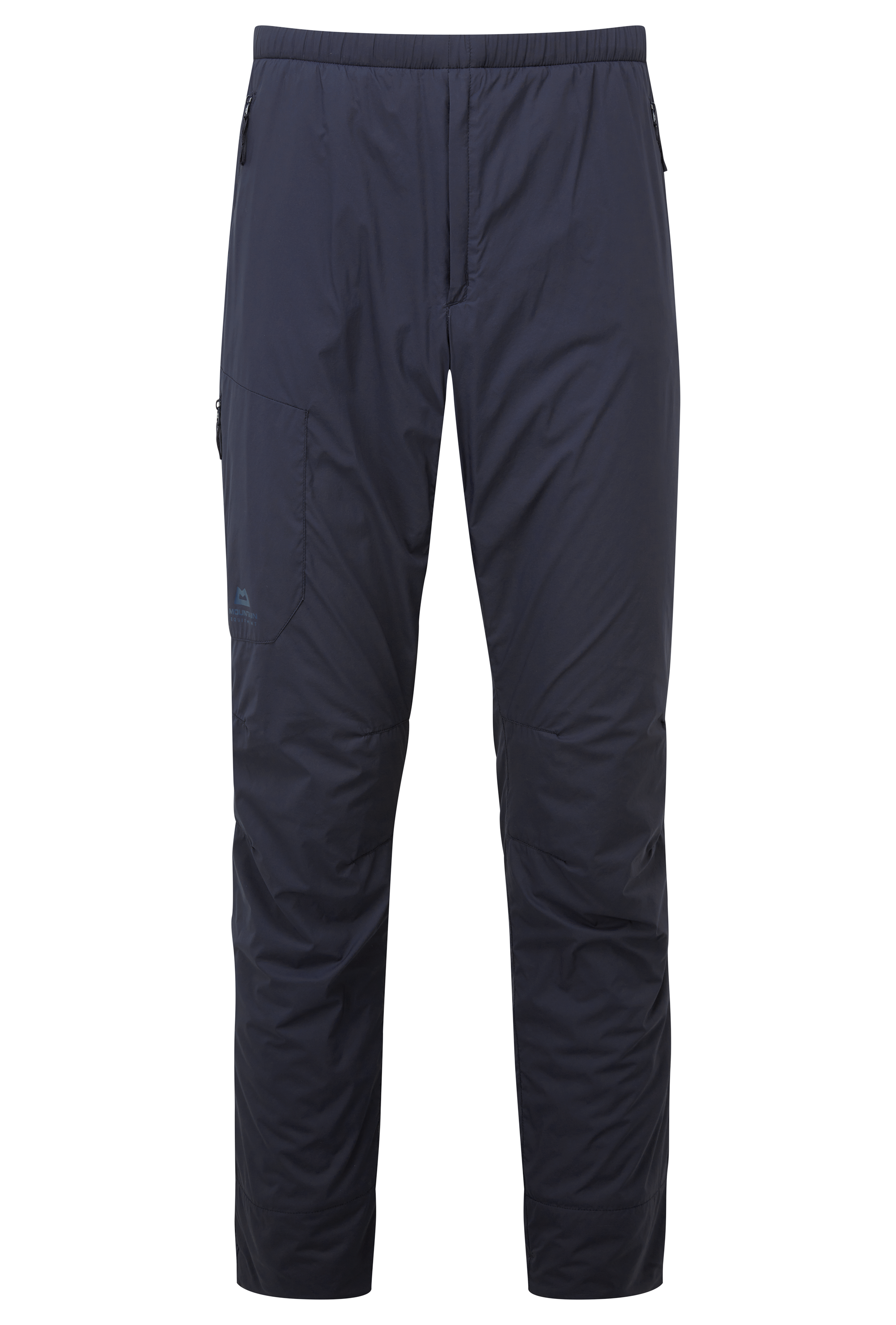The lowdown on windproofness and air permeability
- Product Development

Unless you venture out only on the calmest days, wind is practically a given in the mountains. While Patagonia’s winds or the severity of storms at altitude are infamous, less is known about how to combat them. This is where windproofness and its opposite number, air permeability, come in.
Air permeability
Windproofness is measured by assessing a fabric’s air permeability. A high air permeability means that plenty of air goes through the fabric and so windproofness is low, while a low air permeability means that the fabric has a high windproofness. Windproof fabrics feel warmer in windy weather while fabrics with higher air permeability are cooler in the wind and have higher breathability so reduce moisture build-up.
Which air permeability is best?
There’s no ‘best’ air permeability. There are times when you want to be wearing a suit of armour or a spacesuit because the weather is trying to kill you. In these situations, the lowest possible air permeability is best because it will keep as much wind out as possible. However, in most situations a little air permeability is beneficial because it reduces moisture building up inside your clothing. Too high, however, and you will get cold in the wind. It ultimately comes down to what each particular item of clothing is designed to do: for a belay jacket designed to keep the weather out and which you are unlikely to sweat into for long periods, minimal air permeability might be best. However, for a midlayer which will be worn on its own in still weather but will be worn under a shell layer when the wind picks up, high air permeability is beneficial to reduce the build-up of sweat inside your garment.
Unfortunately, as with many Standards, there is rarely one of them and air permeability is assessed by a variety of different methods. When comparing air permeability results it is essential that they were obtained using the same testing method, as if the test methods differ then results can’t be reliably compared to one another. Tests all rely on the same principle, which is measuring how much air goes through a piece of fabric when subjected to a certain pressure. We use the ISO 9237-1995 Standard with a 20 cm2 testing area and a pressure of 100 Pa behind the fabric, and we report values in mm per second. ‘CFM’ is a common unit to report air permeability figures in, but cubic feet per metre is a unit that belongs in the 1950s… If you don’t have access to a handy air permeability tester then fear not: you could always try blowing through a fabric with your mouth (don’t do this in a shop if you are under Covid-19 restrictions!). With a bit of practice you can get a pretty decent idea of how windproof something might be, and it’s by far the most commonly used method in our office.

It’s all about the garment
It’s quite tempting to get really hung up on figures like air permeability, or hydrostatic head, or breathability figures: they’re nicely quantifiable and can be compared side-by-side: surely you just pick the product with the ‘best’ number? However, we wear garments, not fabrics. Buying a garment based on its air permeability is like buying a car based on the size of its wheels. Fit and features would be way higher on our list of things to consider when buying a garment, and remember that it doesn’t matter how windproof a fabric is if wind is whistling down the sleeves, blasting through poorly positioned zips, or barrelling up a baggy hem. Buy from a brand that understands the activity and the environment that the product is likely to be used in and hope that they’ve chosen a fabric that balances the myriad of requirements that fabrics have placed on them. Air permeability is just one factor in a fabric, and fabric is just one factor in a garment.
 Uisdean Hawthorn battling strong winds on Cryophobia. Photo by Brette Harrington.
Uisdean Hawthorn battling strong winds on Cryophobia. Photo by Brette Harrington.










